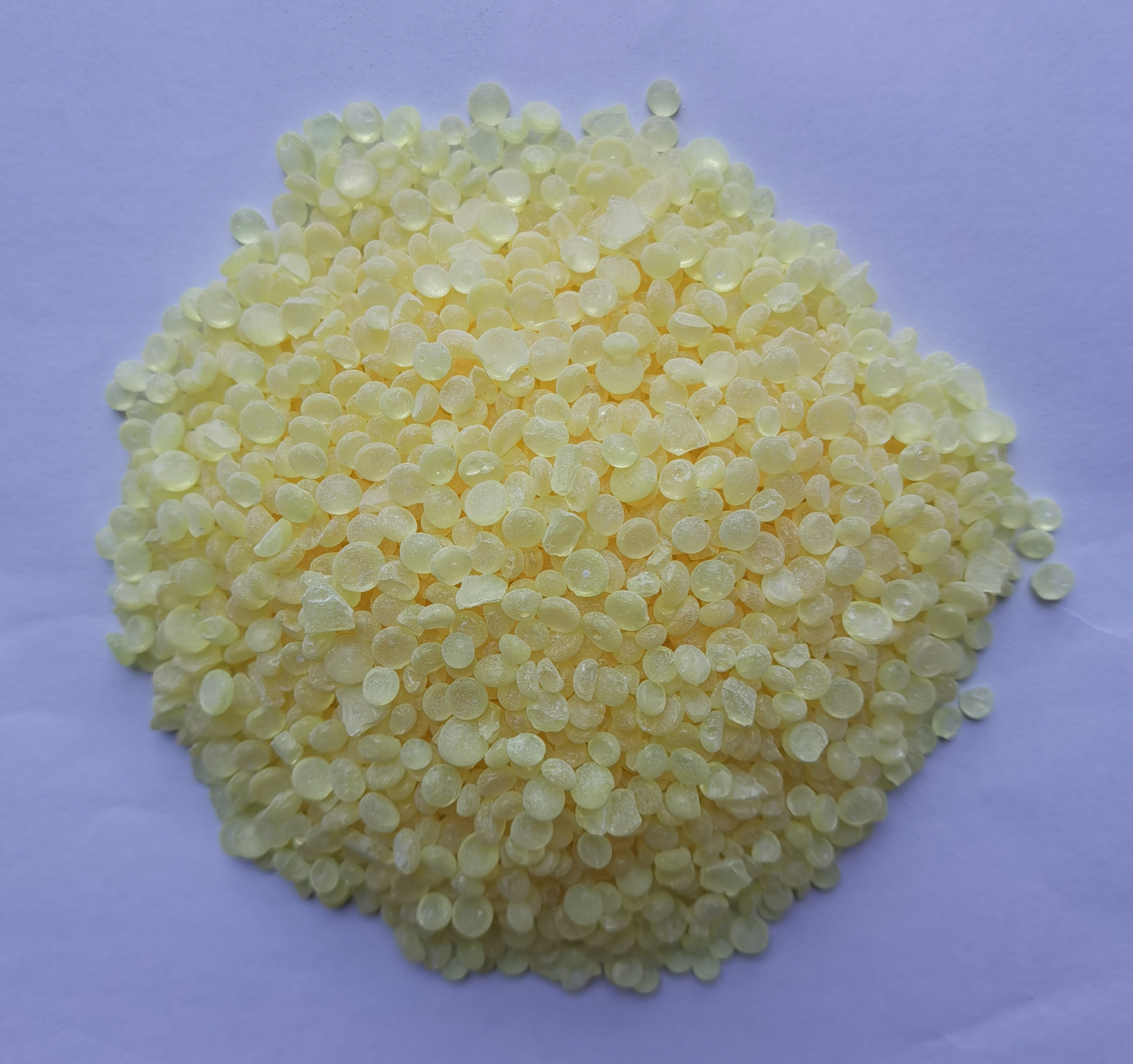2021-09-30
Petroleum resin is named because it is derived from petroleum derivatives. It has the characteristics of low acid value,Petroleum Resin good miscibility, water resistance,Petroleum Resin ethanol resistance and chemical resistance. It is chemically stable to acids and bases and has good viscosity and thermal stability. Features. Petroleum resins are generally not used alone,Petroleum Resin but as accelerators, regulators, modifiers and other resins.

Petroleum resins are generally classified as C5 alphatic (aliphatic),Petroleum Resin C9 aromatic (aromatic hydrocarbon), DCPD (cycloaliphatic), and pure monomers (such as poly SM, AMS (alpha methyl styrene) and other products) The four types are composed of hydrocarbons, so they are also called hydrocarbon resins (HCR).
Petroleum resins are classified into aliphatic resins (C5), alicyclic resins (DCPD),Petroleum Resin aromatic resins (C9), aliphatic/aromatic copolymer resins (C5/C9) and hydrogenated petroleum resins according to the different raw materials. C5 hydrogenated petroleum resin,Petroleum Resin C9 hydrogenated petroleum resin
Advantages: Petroleum resin is a newly developed chemical product in recent years. Due to its advantages of low price,Petroleum Resin good miscibility, low melting point,Petroleum Resin water resistance, ethanol resistance and chemicals, it can be widely used in rubber, adhesives, coatings, paper,Petroleum Resin Ink and other industries and fields. Petroleum resin chemical element structure model: Petroleum resin production applications are C9 petroleum resin and C5 petroleum resin.